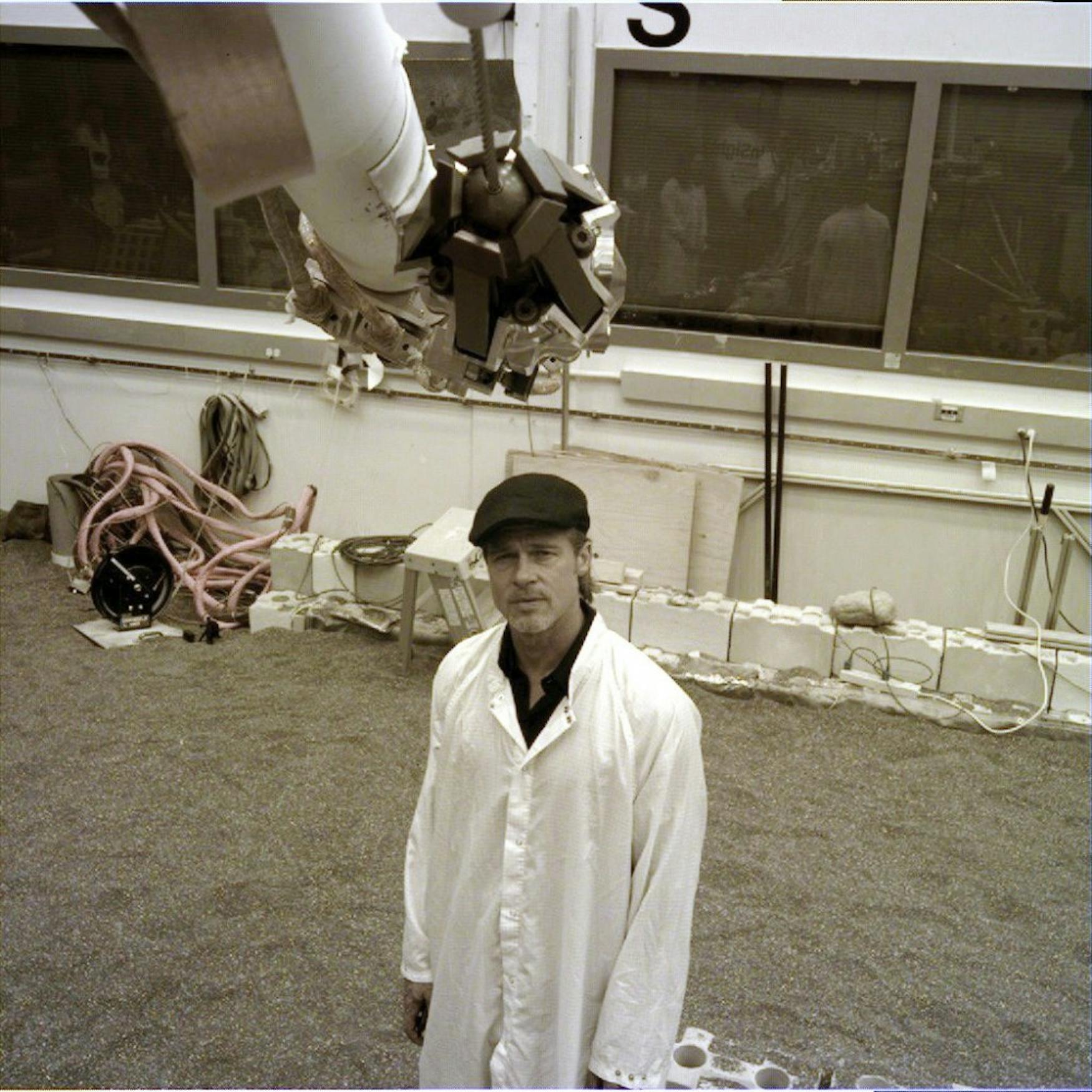Brad Pitt’s space movie sends critics over the moon
On the heels of stellar reviews for his supporting turn as Cliff Booth in “Once Upon a Time in Hollywood,” Brad Pitt has come back to the silver screen for the second time this year in James Gray’s “Ad Astra.” The science fiction drama follows Roy McBride, an astronaut tasked with uncovering the cause of catastrophic power outages on Earth known as Surges. The catch: those sending Roy on the mission believe that the cause of the Surges has something to do with his father, Clifford (Tommy Lee Jones), who went missing on an interstellar mission around Neptune years earlier. And believe the hype; Pitt’s lead performance in this film tops off a return to form for Pitt in the acting department, after he has spent the past few years behind the camera as a producer. That paired with Gray’s patient and introspective direction and beautiful cinematography from the always-reliable Hoyte van Hoytema make for a unique trip into the stratosphere.
The film is as much a space epic as it is an intimate exploration of the mysterious and tragic relationship between a father and son. When we are first introduced to Roy on a mission just above Earth’s atmosphere, he is a broken man, fatherless and estranged from his wife (Liv Tyler, in a glorified cameo). Roy is established as a loner from the get-go. After being abandoned in his youth by his father, who favored the cosmos over family, Roy is lethargic, yet as compelled to emulate his father as he is to let the man go. By opening “Ad Astra” with Roy in this state, Gray makes the story all the more intriguing when Roy learns his father, who was presumed dead, is likely alive, and even worse, perhaps losing his mind. Gray mainly captures Pitt’s portrayal of Roy’s delicate psyche through close-ups, an unusual choice for a space epic which typically relies on elaborate wide shots to convey the weight of its story. However, Pitt’s expressive, captivating eyes perfectly impart his loss, his longing and his curiosity, which when combined with the beautifully-rendered celestial images of the film make for a grandiosity all its own.
Make no mistake — despite the intimacy that Gray injects into the movie, it still has its popcorny moments. One of “Ad Astra’s” most memorable sequences features a “Mad Max”-like car chase on the surface of the moon. Toward the end of the film, we even see Roy catapult himself through an asteroid field with nothing but sheet metal as a shield. But these scenes are not spectacle solely for the sake of spectacle, as Roy’s yearning to find his long-lost father is central to these moments, even when he is attacked by a violent monkey in a space shuttle. And when (spoiler alert) Roy finally reunites with his father, the payoff is not what we expect. In fact, it is hardly a payoff at all. In his usual style, Gray takes the contemplative route over the comfortable one. His filmography, which includes recent films like “The Immigrant” and “The Lost City of Z,” has always been introspective, focusing on the consequences of his characters’ ambitions and examining the underlying darkness of their decisions in the process. And so, rather than having Clifford McBride show remorse for leaving his family, Gray presents him as symbol of toxic masculinity — a man who is more concerned about proving his manhood than about being present for his son.
When all is said and done, “Ad Astra” is not a film about Roy (a surrogate for modern masculinity, which sees men more willing to be emotionally in-tune) reconciling with his father, but one about him letting his father go and ultimately reconciling with himself. Roy comes to accept his tortured side, as he leaves his father floating in the cosmos, and returns to Earth to be with his wife. It is a smart subversion of the old-Hollywood ending, which favors the feminine return to domesticity, and instead closes on the note of a man finally learning how to settle down.



Please note All comments are eligible for publication in The Justice.